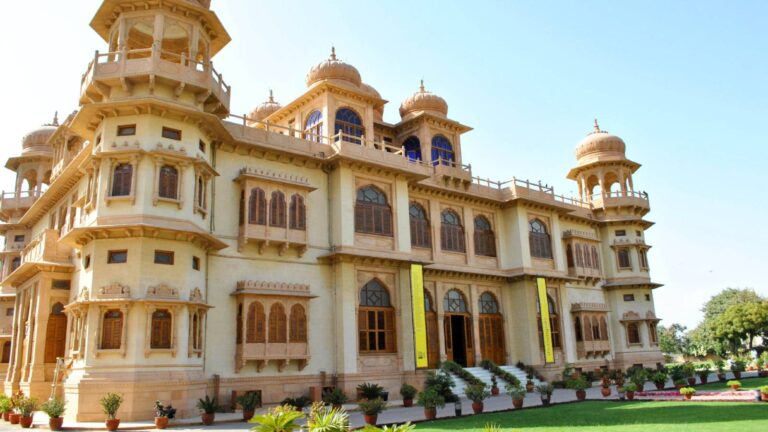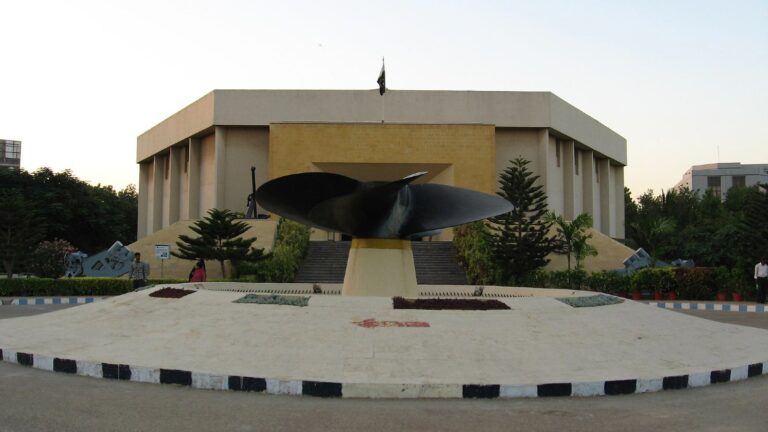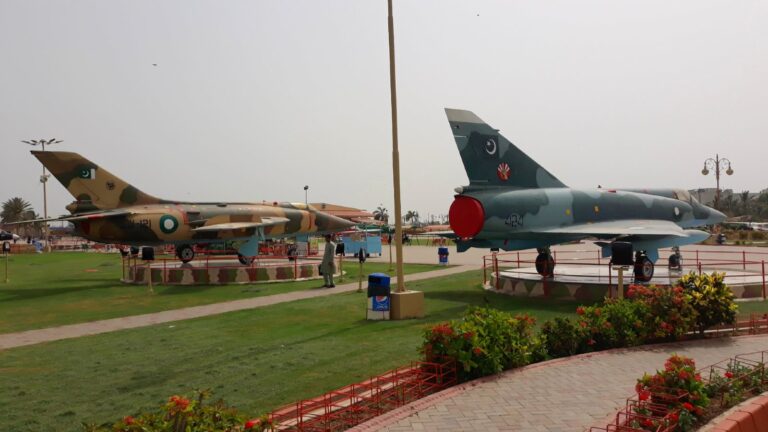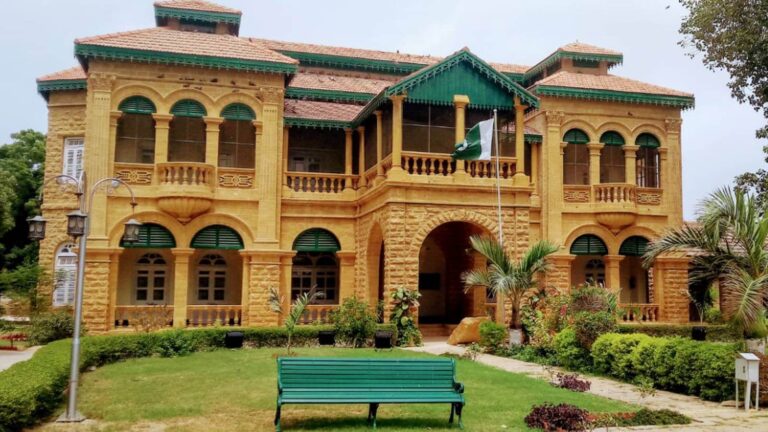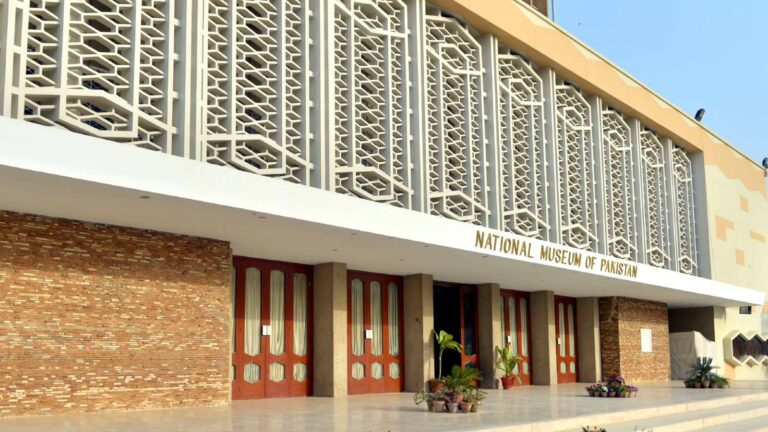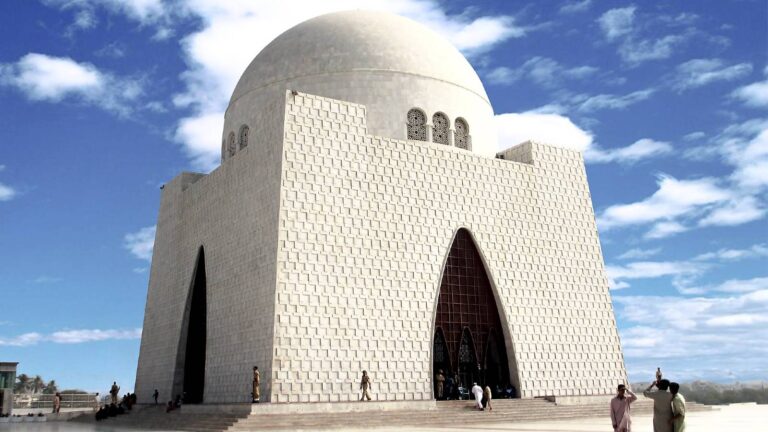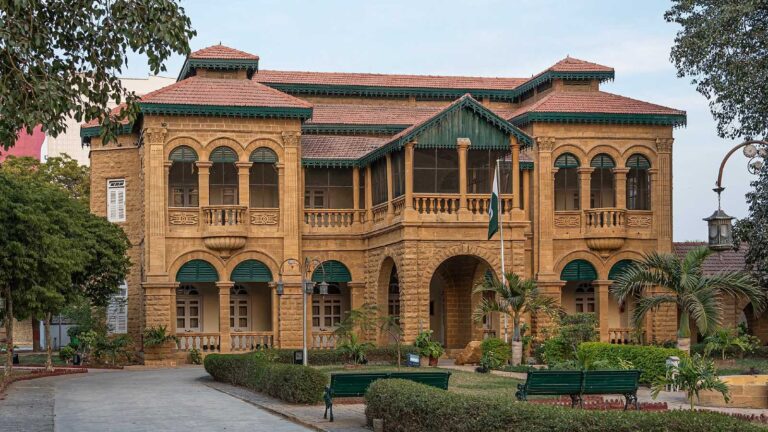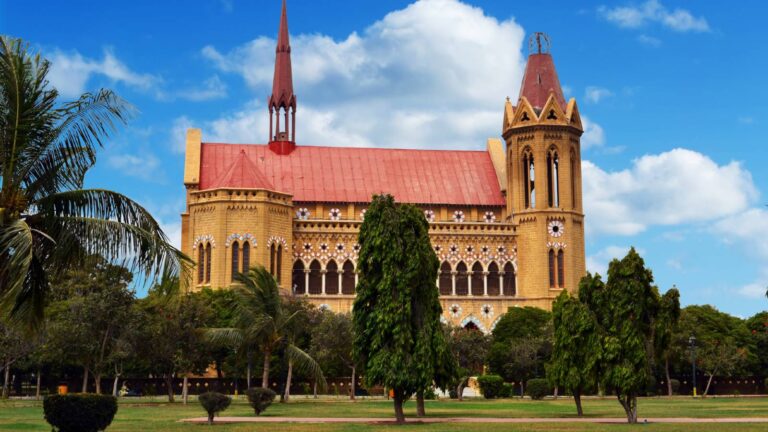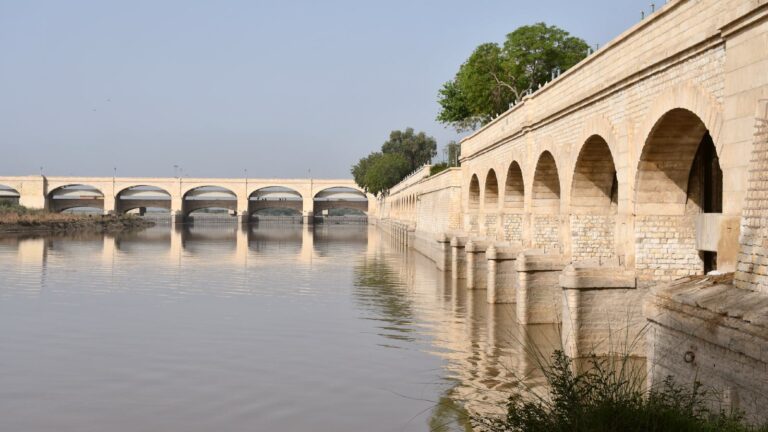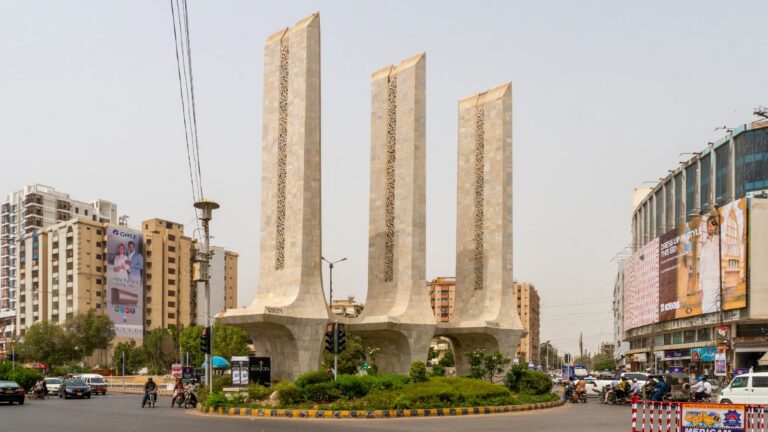Getting There
Bhanbhore is situated on the northern bank of Gharo creek, about 65 kilometers (40mi) east of Karachi in the Thatta District of Sindh, Pakistan. The city ruins are located on the N-5 national Highway between dhanrji and Gharo.
What to Expect
An Archaeological Museum is established at the site, where the artifacts so far discovered during the course of excavation are displayed in chronological sequence. These include Pre-Islamic pottery, Umayyad pottery, Abbasid and latter period pottery, Chinese pottery, Unglazed household pottery, Pre-Islamic and Islamic period coins, Minor Antiquities i.e. Sculptures, Inscriptions, Iron, Copper and Ivory objects, etc.
Bhanbhore is a very unique kind of destination. This city got great history. Port of debal the biggest port of Asia is in Sindh.
The 10th century capital of Bhambo Raja, the city reached the height of its fame as the most important crossroad of the ancient trade route to China and Middle East. It is believed that Bhanbhore was destroyed around 1250 CE, but it still lives in the world of romance and folklore.
History
Bhanbhore is an early Islamic Archaeological Site which has a sequence from 1st century BC to 13th Century AD. Whilst its earlier phases are waterlogged, the surface remains of the site represent the best preserved early Islamic urban form in South Asia. It is also the region’s best preserved medieval port.
The port’s plan consists of five main zones. The most impressive zone is a 10 m high mound which stands on the shore of the creek itself. Measuring 610 m by 305 m, the mound is delineated by a 3 m wide limestone fortification wall with 46 rounded bastions and 3 gates. The latter appears to be connected to a grid iron arrangement of streets. An interior wall divides the mound into western and eastern sectors, with the floor plans of major structures preserved on the surface of the latter half. These largest structures have been identified as a mosque, an administrative quarter and a serai or inn.
The ground plan of its stone-built mosque is particularly well preserved and consisted of a square plane, measuring 34m by 35m with a central open courtyard, surrounded by cloisters. The western cloister formed the prayer hall and its flat roof was supported by 33 wooden pillars, resting on sandstone bases.
The museum was established by the Department of Archaeology and Museum, Government of Pakistan on 21 August 1960.

